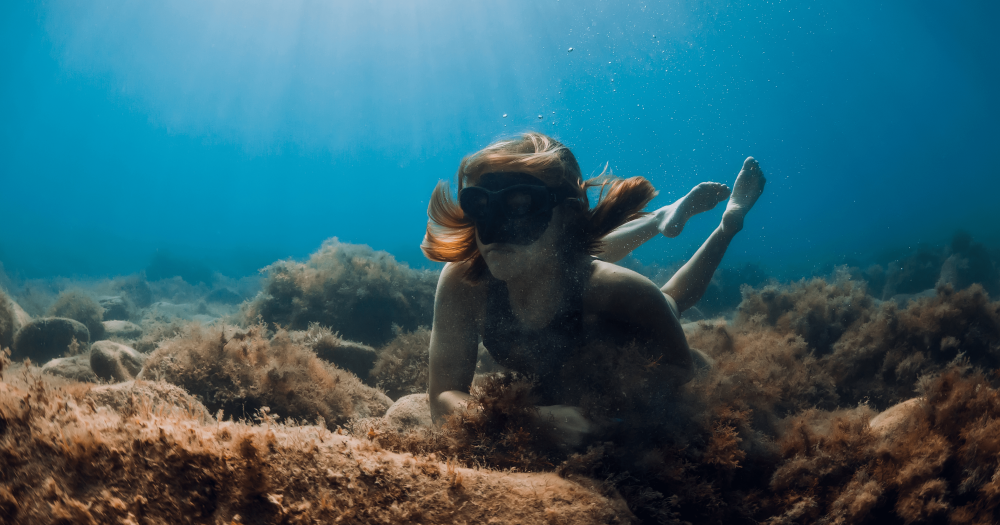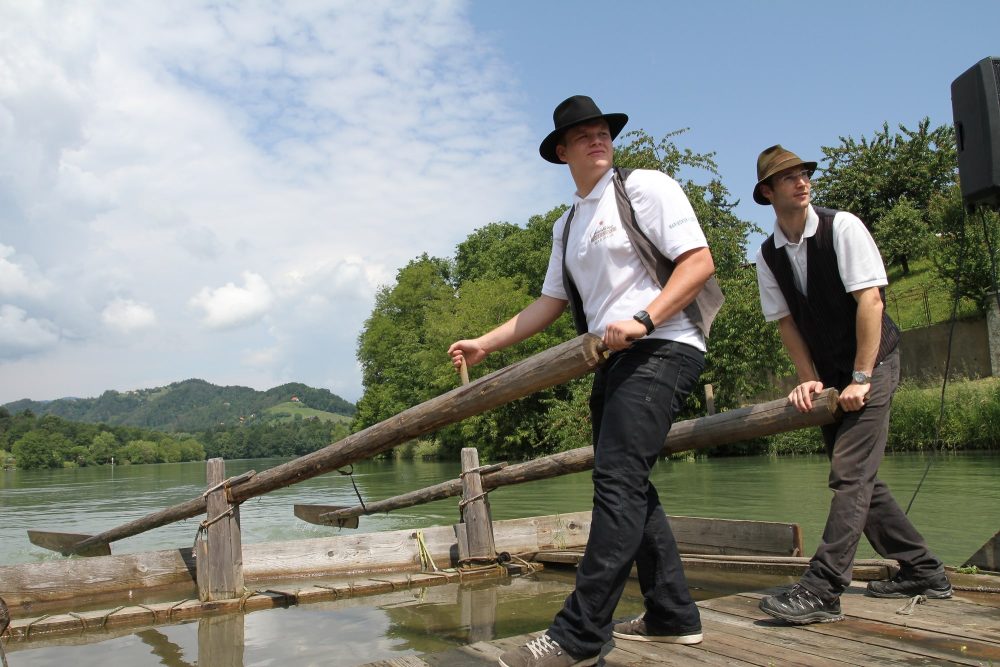Here’s how the Martinson family discovered that traveling with their teenaged sons made for an unforgettable experience
Here’s one of the most tired clichés: teenagers are difficult. Anyone who has ever watched a Hollywood movie or read a pulpy novel or just existed in the last fifty years can parrot this banality at will. As parents of two boys (eighteen and sixteen), my wife Veronica and I have, it has felt like, lived this cliché for the last few years. All of this is to say that when we realized that it was now or never to do a final family trip to Europe when the kids were still relatively young, we both balked. I said: “but what if they just want to sleep all day?” Veronica put in: “and what will we do with them? I don’t want to drag them through museums that will be uninteresting for them.” Later that night after we concluded that we would embark on this trip, I said to myself, “what are we getting ourselves into…?”
Today, as I write this, it’s been three weeks since we returned home. When I think back to Veronica’s and my concerns before leaving, I see how far we had bought into a stupid cliché. We should have known better, and we certainly do now. The reason is simple: traveling to Europe with two teenagers was one of the best experiences Veronica and I have had (and we’ve done two round-the-worlders). Our boys, Dylan and Sebastian, were perfect travel companions. Still young enough to see the awe in Europe’s grandeur and small beauties but old enough to actually do adventurous things, we were the perfect traveling squad.
Though Veronica and I may not be able to make up for our hesitation—something we surely regret!—we can do something: we can share with everyone the things that made our trip remarkable. This is exactly what we are doing with this article. Keep reading to explore the three things our (nearly) adult family loved in Europe!
Diving in Bulgaria
Many years ago, Veronica and I got certified as open-water divers. We love sinking below the surface to feel the cool water and drift among the fish and corals. Yet with kids and careers, our diving days faded somewhat into the past. Then, while doing a clear out a few months before we departed, our older son Dylan found a picture of Veronica and me posing in our wet suits with our gear. He was shocked that we had gotten our certification and wanted to do it himself. Not long after, Sebastian chimed in with his support. When I think back, this spark of interest from our sons might have been the moment when Veronica and I concluded that a trip focused around them could be fun for us all.
Fast forward three months and the four of us were sliding into wetsuits on a beach in Bulgaria and testing our oxygen tank flows. As you might have guessed, Veronica and I needed a refresher, and with Dylan and Sebastian needing to be certified generally, so we decided to take the opportunity to approach this as a family. With our instructor, we learned all the skills: equalizing the ears, finding buoyancy, switching from our primary regulator (where you breath) to our backup one, clearing our masks, among many others. This was the perfect family activity. Together, we were learning skills, helping one another, and exploring new places. Perhaps best of all, Bulgaria has some gorgeous sea life to explore. That said, what Dylan and Sebastian wanted to do most was a shipwreck dive. After three days of training, our two boys were open water certified, and Veronica and I were up to speed. Two days before our flight (don’t forget to account for a day or two to decompress before flying), we scheduled a dive to an ancient Roman ruin underwater. For good reason, we were forbidden to come near the ruin, but seeing it from a few meters up was incredible. So much history lay before us, and rather than bumping up against other tourists to get a view, it was just the four of us in the completely quiet water—except, of course, for the bubbly sound of our exhalations.

Timber rafting, Drava River, Slovenia
With our skin still smelling of salt and sun, we bid Bulgaria adieu and headed by train toward the east of Slovenia and a river called Drava. Going from Bulgaria to Slovenia by train rather than plane was a decision we really appreciated. Not only was it the environmentally friendly choice, it was also fun—we rode through several countries, watching the landscape change. It was also a great joy to have close family time in our cabin.
For the second part of our journey, we let Dylan and Sebastian lead the way. Of all the possible options, they opted for timber rafting. If you’re like me, you’re now asking yourself what the heck that is. Here’s a breakdown: timber rafting involves using lengths of wood to construct a sturdy raft yourself. This is done at the start of your trip. To our surprise, Dylan and Sebastian got really into this process, asking dozens of questions to our guide and muttering to each other about the ideal design of the vessel. With everything built and secured, we boarded and began our journey down this ancient logging route. For two days, we floated down the river, seeing totally remote wildlife that would be impossible to reach otherwise. When we reached the end of our section of river, we broke down our raft so that someone else could have the same experience. Not only did this trip strike us as environmentally-friendly—we used and reused local materials and left no footprint—it was also ideal for traveling with teenagers. They felt empowered to participate and even lead the trip, and it was physical and exciting enough for them to be totally involved.

La Tomatina, Spain
If your teenaged children are anything like ours, if there’s any excuse for a food fight, they will take it (I once even caught them throwing ice at each other). That a place exists where on one day of the year you can hurl tomatoes at just about anyone in the immediate proximity brightened Dylan and Sebastian’s faces like I had never seen before. That event, of course, is La Tomatina and the place is Buñol, Spain.
La Tomatina began in 1945 as an impromptu food fight. In the nearly eighty years that have passed since then, it has grown into a unique phenomenon. Occurring on the last Wednesday of August, the event begins with a competition for who can climb a poll and reach a cured ham, hanging at the top. Once the ham is snatched off, the hurling of juicy tomatoes ensues.
Given my wife’s somewhat introverted personality, I wasn’t entirely sure how she’d react to this mess of tomato pulp, soaked people, and the occasional football song. Yet once the ham was snatched, she dove right in, chucking a tomato directly into my face. Dylan and Sebastian took inspiration from her and joined in the frenzy. Soon, the four of us were covered in pulp and sore at the sides from our peals of laughter. With their energy and ambition, the boys started competing to see who could throw a tomato further. Who won, I couldn’t say. I was too busy wiping juices from my eyes.
So, there you have it, our perfect trip to Europe with our two boys. When Veronica and I think back to those early days of skepticism, we blush with embarrassment. These experiences will last a lifetime, especially when we think that this might be the last family trip we take while the boys are still…well…boys.